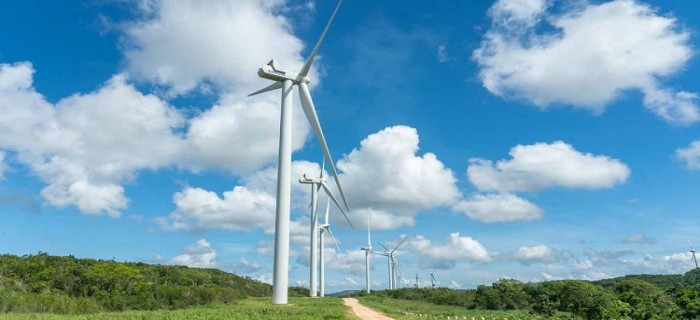
US $1.2bn needed for New Jamaica renewable energy target
Jamaica’s plan to increase the contribution of renewable energies to 50% from 30% by 2030 will require investment of US$1.2bn. Valentine Fagan, power generation systems consultant at the country’s Office of Utilities Regulation (OUR), provided the estimate during a panel presentation to discuss the new target. Earlier this month, the Caribbean nation’s governor general Patrick Allen highlighted the updated goal during a speech to parliament. “As we build a stronger Jamaica, we recognize the value of energy security and technology adoption. The government is updating the National Energy Policy (2009-2030) to ensure that it reflects global and local changes and positions the energy sector to become a more secure, sustainable, clean and reliable sector over the next 30 years,” Allen said. The island’s current installed capacity reaches 1,041MW, of which 83% is thermo, primarily natural gas, and the remainder renewables (wind, hydro and solar). Peak demand in 2030 is forecast to reach 678MW from 644MW last year.
There is enough supply to reliably cover demand up to 2026, when 172MW of thermo capacity is due to be retired, according to Fagan, who provided a preferred portfolio plan for incorporating wind, hydro, solar and battery energy storage. The official added that the 50% mandate is forecast to reduce annual fossil fuel imports by 3.9 million barrel of oil equivalent and reduce CO2 emissions by 1.5Mt.
FINANCING
For panelist and lawyer Elizabeth Butler, “Jamaica must deal with the fact that the landscape is changing. The huge demand for international donor financing limits Jamaica’s access to what has been a reliable source in the past for early projects.”Butler is legal advisor for international clean energy projects at Butler Law Offices and has worked with Jamaica’s government.“The ideal scenario is for Jamaica to leverage private sector investment through incentives and guarantees if needed but the great news is that Jamaica’s demonstrated success in prior project financing for renewable energy, solar and wind projects, shows that Jamaica has a proven track record and that these projects are viable.” Nevertheless, she pointed to challenges related to providing affordable and reliable electricity during the transition, engagement with stakeholders and how to finance consumer-owned renewable and energy efficiency projects.Regarding consumer projects, Butler pitched the use of an integrated utility service model whereby financing is repaid on the monthly electric bill.
CONCERNS
Blaine Jarrett, vice president energy delivery at power utility Jamaica Public Service (JPS) expressed concern that “too much renewable energy capacity rolled in too fast could inflate system prices and rates and deteriorate grid reliability.”Another concern laid out by Jarret is the siting of projects far from transmission and distribution infrastructure and the associated cost implication. He also called for the use of near real term modeling of actual generation and demand metrics rather than relying on “synthetic” data.

.gif)
.jpeg)
leave your comment